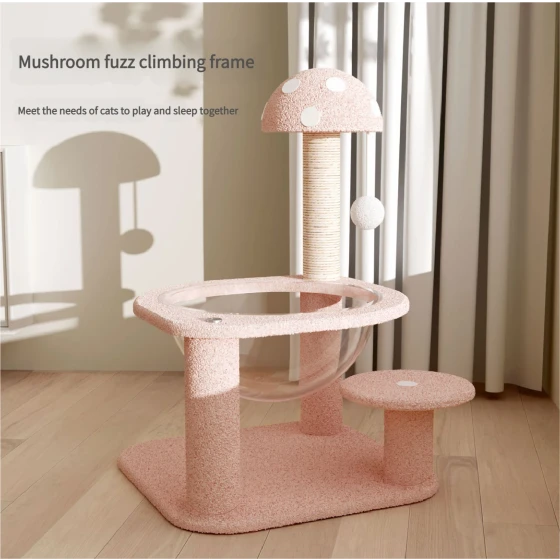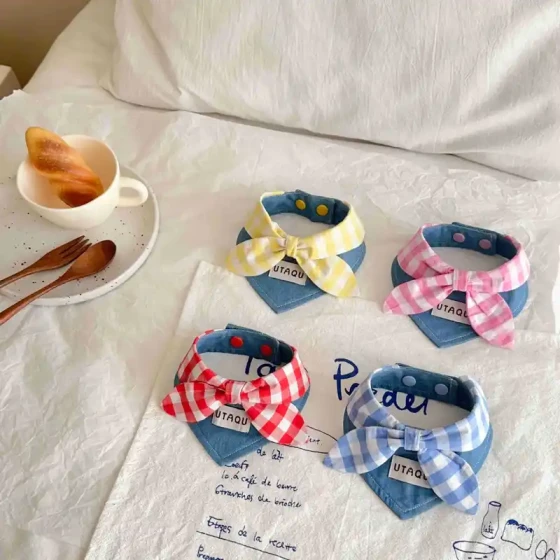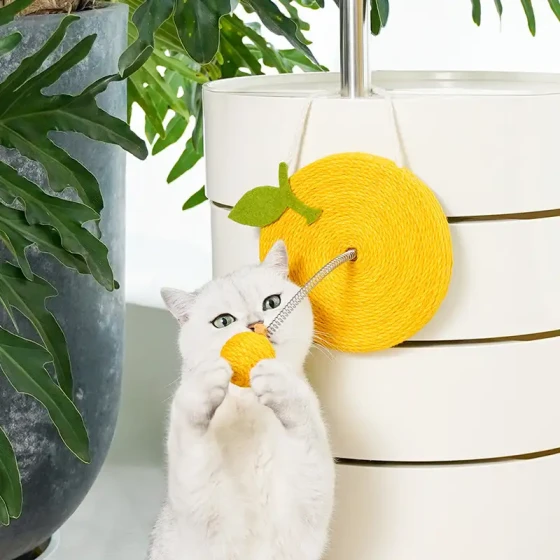Cat's Eyes Red_Might Be These Reasons
Seeing your beloved cat's usually clear, bright eyes suddenly turn an annoying red, does your heart skip a beat? This sudden change is like a pebble thrown into a calm lake, always leaving people anxious. Simply put, when a cat’s eyes turn red, most of the time it’s not a minor issue—it’s a signal from the body telling you: “Human servant, my eyes have a problem, take me to the vet immediately!”
Exactly, this sentence is the key point. Don’t expect a cat’s red eyes to get better like a human cold or to just put a few drops from your medicine cabinet’s eye drops. The reasons for a cat’s red eyes are numerous; some might be mild irritations, but often they indicate issues requiring professional diagnosis and treatment.
Why do cats’ eyes turn “red”? There’s no single answer, but rather a web of multiple possible causes intertwined.
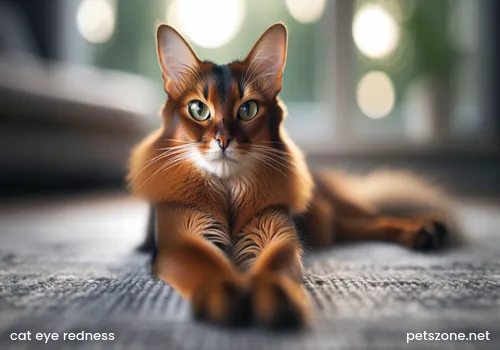
Imagine the cat’s eye as a delicate and complex organ, composed of the sclera (white part), cornea (transparent front window), iris (colored part), lens, retina, and more. Eye redness usually refers to blood vessel dilation or bleeding in the eye, often occurring on the conjunctiva covering the sclera, commonly called “red eye disease”—conjunctivitis. But sometimes redness may indicate deeper problems.
The most common “culprit”: Various forms of conjunctivitis
If there is a number one suspect for red eyes in cats, it must be conjunctivitis. This thin membrane covers the eyeball surface and inner eyelids and is very sensitive. Once inflamed, blood vessels swell and your cat’s eyes look red.
- Infectious conjunctivitis: This is the most common type.
- Virus: The famous feline herpesvirus (FHV-1) is one of the top causes of upper respiratory infections and conjunctivitis in cats. Many cats carry this virus for life, which can recur when stressed or immunocompromised, showing symptoms like red eyes, watery (clear or sticky) discharge, and often accompanied by sneezing, nasal discharge, etc. Feline calicivirus may also cause eye symptoms sometimes.
- Bacteria: Such as Chlamydophila felis or Mycoplasma. These infections often cause thick or pus-like yellow or green secretions, with more severe redness and swelling. Bacterial infections commonly follow a viral infection that weakens defenses.
- Others: Even some systemic diseases like feline infectious peritonitis (FIP) can show eye symptoms, including conjunctivitis, at certain stages.
- Non-infectious conjunctivitis:
- Allergies: Just like humans can be allergic to pollen or dust mites, cats may also be allergic to substances in their environment, causing itchy, red, watery eyes.
- Irritants: Smoke, dust, household chemical cleaners’ odors, even your perfume, may irritate the cat’s eyes, causing temporary redness.
Beyond conjunctivitis, what other possibilities? Don’t take it lightly!
Conjunctivitis alone may not sound too bad (though uncomfortable), but eye redness can also signal more troublesome problems:
- Eye trauma or foreign bodies: Cats’ curiosity and explorative nature make their eyes prone to accidental scratches (e.g., while playing), scrapes from branches, or foreign objects like sand or small insects entering the eye. These cause pain, tearing, and redness. Sometimes tiny scratches (corneal ulcers) aren’t easily visible but cause obvious redness and pain.
- Uveitis: This is a more serious condition than conjunctivitis. The uvea is a layer inside the eyeball including the iris, ciliary body, and choroid. Uveitis means inflammation inside the eye, usually very painful, showing symptoms of red eyes (possibly whole sclera red or iris color changes), light sensitivity, and constricted pupils. It’s often not a standalone disease but a sign of systemic diseases (like infections, autoimmune diseases, even cancers). Untreated uveitis can cause glaucoma, cataracts, or even blindness.
- Glaucoma: This is a disease of abnormal increased pressure inside the eyeball. Though less common in cats than humans, it can progress rapidly and is very dangerous. High intraocular pressure damages optic nerves, causing irreversible vision loss. Symptoms include red eyes, possibly slightly swollen eyeballs, fixed dilated pupils, and pain (cats may paw at eyes or become lethargic). This is definitely an ophthalmic emergency!
- Keratoconjunctivitis Sicca (KCS, Dry Eye): More common in dogs but can affect cats too. Reduced tear secretion causes insufficient eye lubrication, leading to chronic irritation, inflammation of the conjunctiva and cornea, redness, and even corneal ulcers.
- Corneal inflammation (keratitis): Inflammation of the cornea (the transparent front layer). Causes may include infection, trauma, or dry eye. Corneal inflammation causes redness, pain, light sensitivity, and the cornea may become cloudy.
Why stress repeatedly seeing the vet?
By now you may understand, just seeing “red eyes” as a symptom doesn’t tell you the exact cause. Is it a minor irritation or an emergency that could cause blindness?
- Diagnosis requires professional equipment and knowledge: Vets use slit lamps to examine the eyeball surface and anterior chamber, tonometers to measure intraocular pressure, fluorescein stain to check for corneal ulcers, and sometimes tear tests or sample collection for lab tests (to detect viruses, bacteria, or chlamydia). These cannot be done at home.
- Treatment varies greatly: Conjunctivitis may only need antibiotic or antiviral eye drops; uveitis needs anti-inflammatory drugs and treatment of the root cause; glaucoma requires immediate pressure-lowering medication; trauma needs infection prevention and healing promotion. Using the wrong medicine can delay treatment or worsen damage, possibly causing blindness. For example, if your cat has a corneal ulcer and you use steroid eye drops by mistake, the ulcer worsens.
- Some diseases progress rapidly: Glaucoma can severely damage vision within hours. Untreated uveitis can cause secondary glaucoma or other complications. Time is vision.
As a responsible “pooper scooper”, what can you do?
Before or while waiting for the vet visit, there are things you can do, strictly without harming the cat:
- Observe carefully: Besides red eyes, are there other symptoms? Any discharge? What color is it? Is it watery or sticky? Does the cat squint or rub its eyes? How’s its energy and appetite? Sneezing or nasal discharge? This info helps the vet diagnose.
- Keep clean: If there is discharge, use a clean cotton ball or gauze dipped in a small amount of warm water or pet eye wash (note: eye wash, not eye drops), gently wipe around the eyes to remove secretions. Be gentle, don’t touch the eyeball or force the cat’s eyes open.
- Prevent scratching: Uncomfortable eyes may make cats scratch. To prevent self-injury, consider an Elizabethan collar (E-collar) to stop the cat pawing at its eyes.
- Most important: Do not medicate by yourself! Especially human eye drops, which may contain ingredients unsuitable or harmful to cats. Don’t use eye drops previously used for other pets unless specifically directed by a vet.
A final note
Red eyes in cats is not something to delay addressing. It’s like a warning light signaling a problem with your cat’s eye health. Book your vet appointment as soon as possible for a professional examination, diagnosis, and treatment plan. This helps relieve your cat’s pain and maximally protects its vision. After all, those clear, beautiful eyes are one of the most important windows for them to explore the world and communicate with you. As their loving owner, ensuring this window’s health is our responsibility.
(Please note: This article is educational content and cannot replace professional veterinary diagnosis and treatment. If your cat’s eyes are red, please seek medical care promptly.)
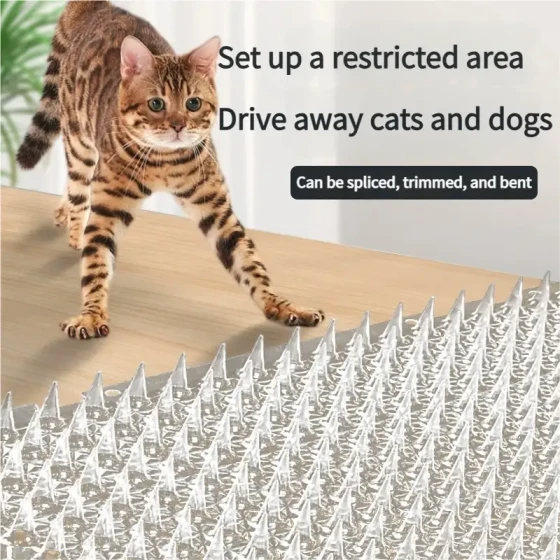
-560x560.webp)
